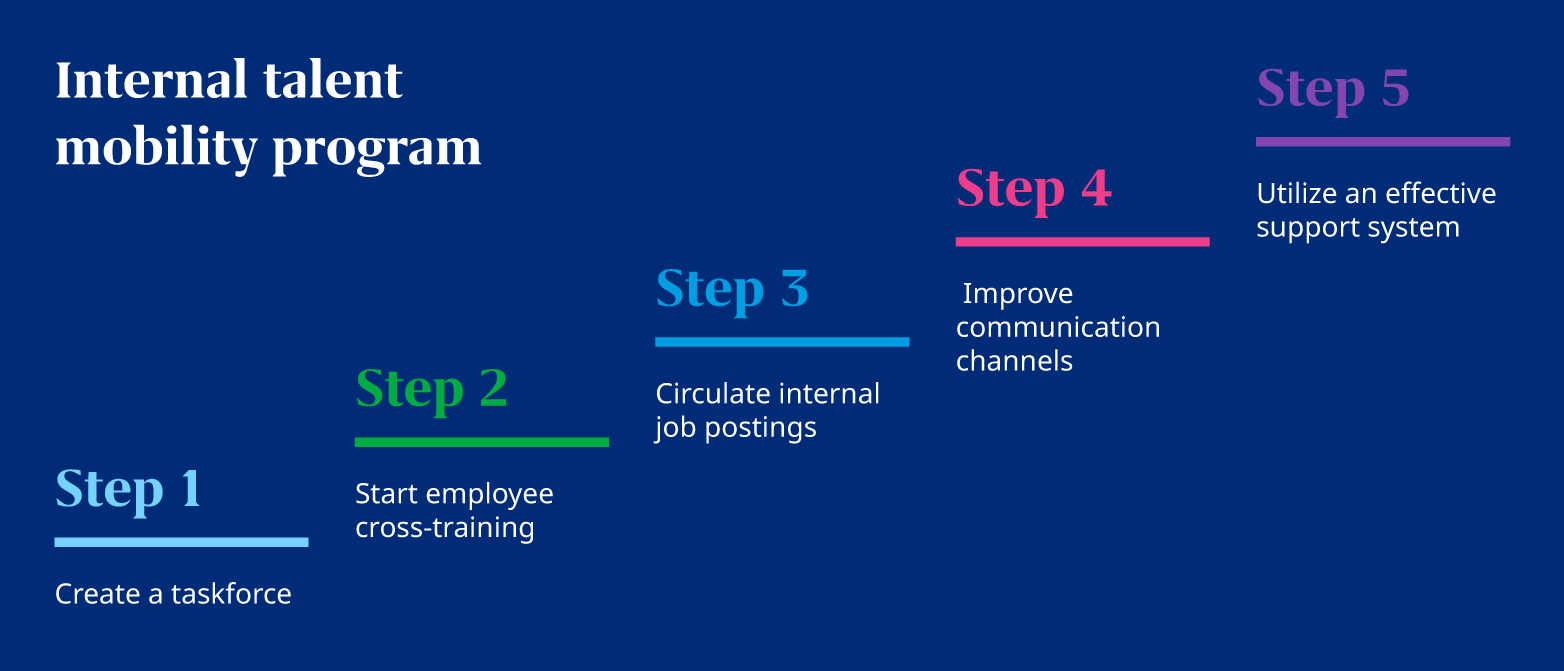Save cost and time
Companies scale down their recruitment during economic turbulence, such as a recession or pandemic. As a result, the hiring budget is reduced, and layoffs begin.
An essential benefit of internal mobility is minimizing time and money spent on hiring. Vertical and lateral internal shifts help reduce layoffs and increase upskilling and reskilling. Further, no money is spent on job portals, selections, etc.
Transit furloughed employees
While optimizing the hiring budget, organizations can search their pool of furloughed employees who wish to resume work. These professionals already understand your business and may fit better in the culture and work profile. Offering upskilling and internal mobility options to this pool can help fill open positions quickly with low spending.
Reduce layoffs
Hiring managers consistently evaluate the current workforce and rehire according to dynamic market requirements. Therefore, layoffs are common during the economic slowdown and other related events. Internal talent mobility helps reduce layoffs by allowing employees to laterally and vertically shift to different job roles.
For example, sales employees can move to different customer servicing or high-demand positions during an economic slowdown.
This eliminates the chances of layoffs and helps retain institutional knowledge. Redeployment protects people who understand organizational goals and culture. Therefore, it also enhances employee satisfaction and employee loyalty.
Encourage employee reskilling
Increasing automation and technology utilization has shifted multiple job roles. Therefore, workforce employability and relevance are dependent on reskilling and new opportunities.
Organizations that support internal talent mobility also ensure employee reskilling. Employees are motivated to learn and improve their knowledge and skills exponentially. Thus, hiring managers can consistently fill the skills gap in different positions and laterally or vertically move employees whenever required.
Drive organizational agility
The business landscape has experienced multiple disruptions since the pandemic. Hiring managers have completely shifted working patterns and utilized new methods for employee engagement. This means an agile approach toward workforce management helps navigate ongoing and upcoming recruitment challenges.
Internal talent mobility helps HR managers move towards this agile environment, allowing the workforce to move job roles, learn, and productively grow with the organization.









 Behavioral Competencies
Behavioral Competencies Cognitive Competencies
Cognitive Competencies Coding Competencies
Coding Competencies Domain Competencies
Domain Competencies







































Would you like to comment?